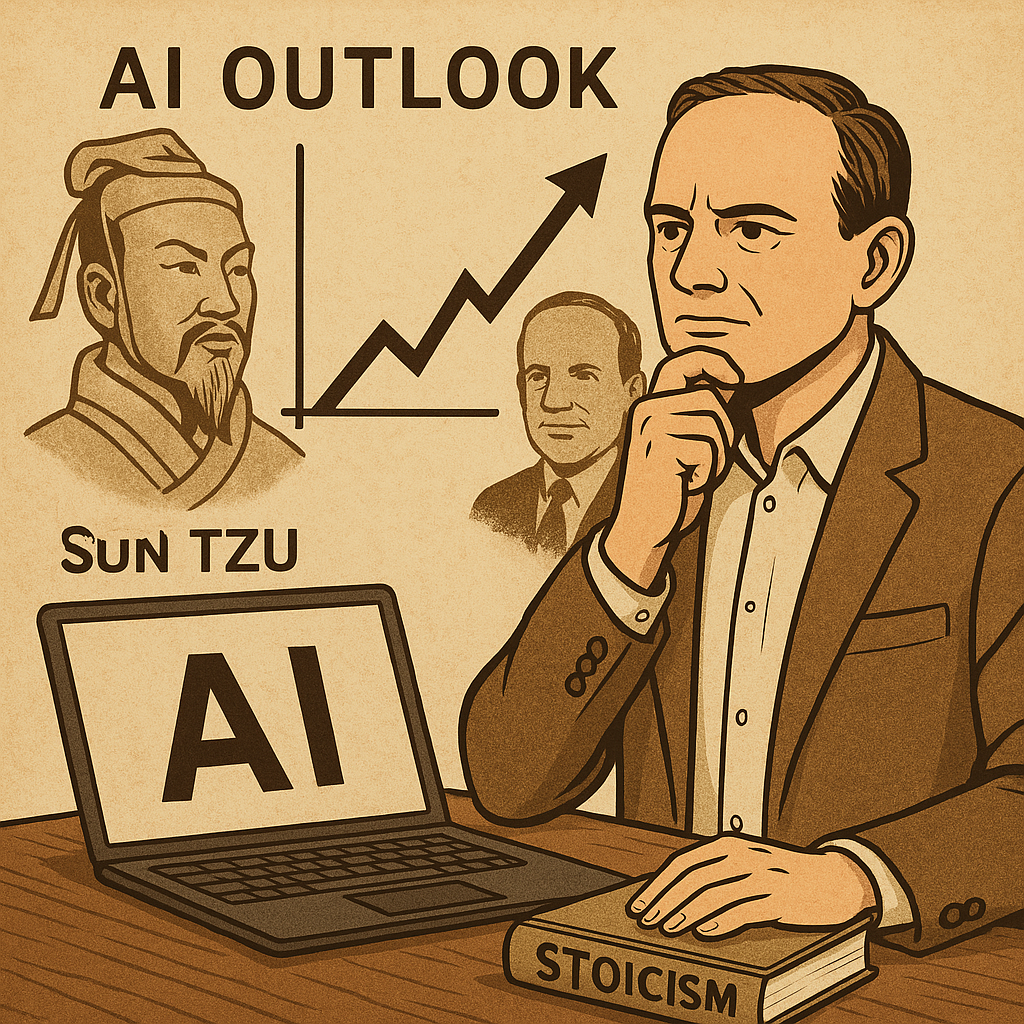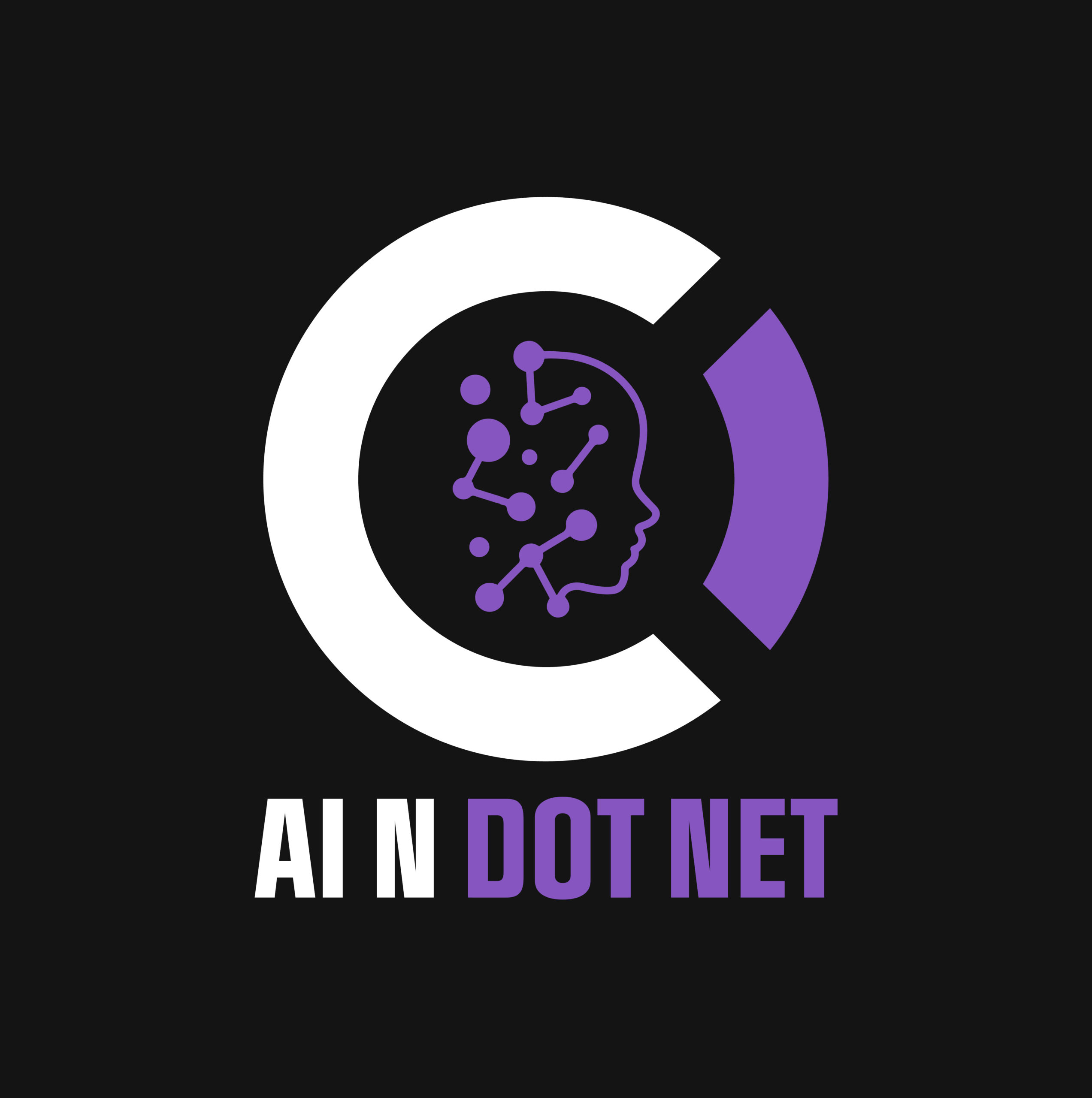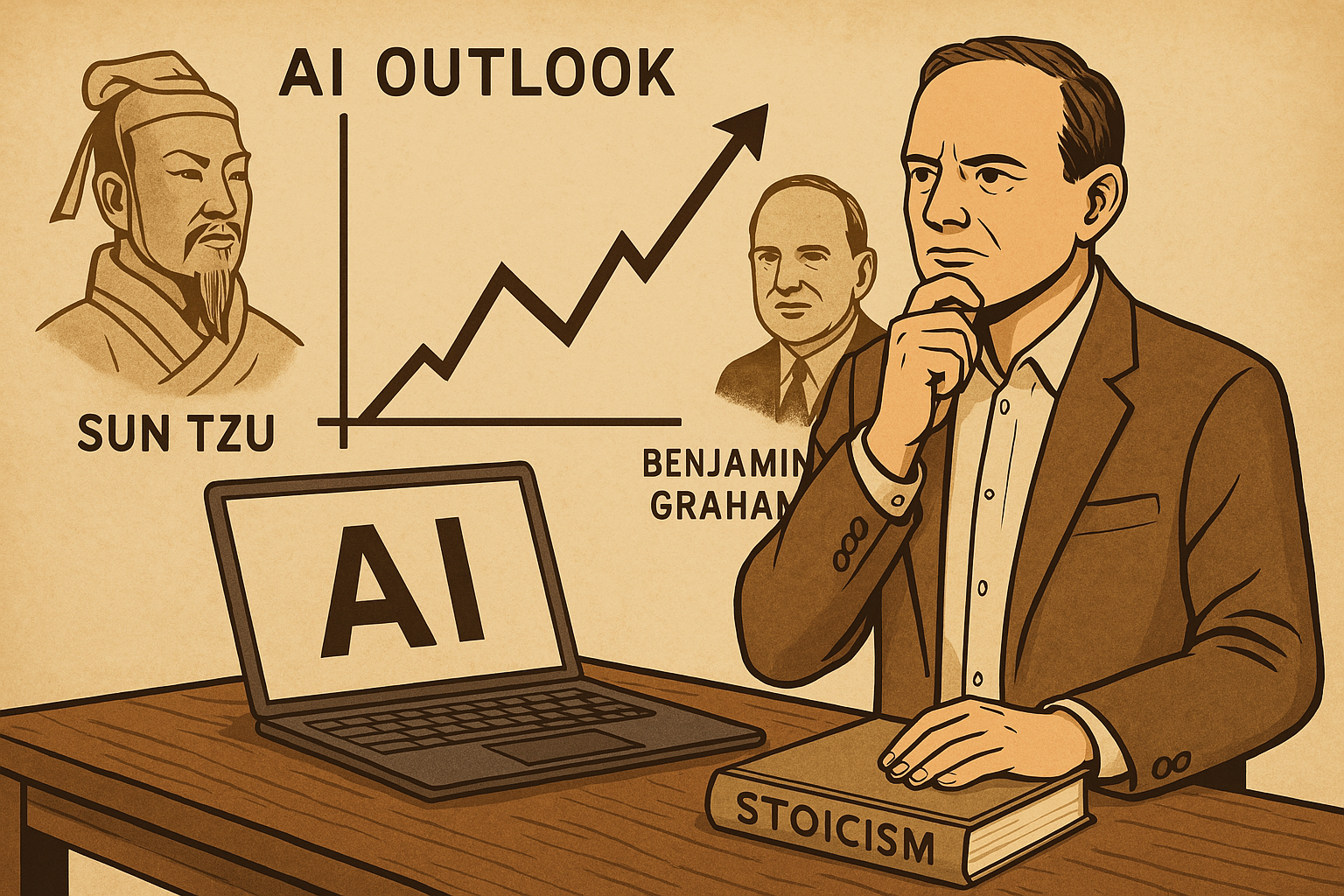🧠 Predicting the Future (No Crystal Ball Required)
Sometimes, the ability to “predict the future” doesn’t come from data models or insider info—it comes from looking at the same information differently.
I often follow investment and finance news—not because I’m day trading—but because the financial press often reveals what’s about to happen in real business terms, long before HR or IT announces anything.
Let me show you what I mean.
💥 Real-World Signals You Can’t Ignore
2008 – Real Estate Crash
I was working with a real estate software company during that time. Finance news started reporting major trouble in real estate.
A few months later? That company cut most of its contractors.
Several Years Later – $1B Cost-Cut Announcement
We were involved with an international manufacturer. Their CEO publicly stated they were going to cut $1 billion in expenses.
A few months later? Another wave of contractor reductions.
You don’t need to be a psychic—just pay attention. If you follow the right signals, you can either:
- Brace for impact, or
- Redeploy your resources to take advantage of what’s coming.
🧭 What Does Sun Tzu Have to Do with AI?
This isn’t just about finance. It’s about strategy.
If you know the enemy and know yourself, you need not fear the result of a hundred battles.
— Sun Tzu, The Art of War, Chapter 3
In modern terms:
If you know your industry and know your position in it, you won’t fear the result of 100 hype cycles.
Let’s apply that mindset to the AI industry in 2025.
⚔️ The AI Industry in 2025: Contradictions Everywhere
Right now, the AI world is buzzing with conflicting signals:
- AI companies are announcing billion-dollar investments in new AI data centers.
- Other headlines say AI companies are cancelling or deferring data center expansion.
So… which is it?
Growth or pullback?
Boom or bust?
This is where experience—and skepticism—come in handy.
🧓 Lessons from a Veteran (a.k.a., I’ve Seen This Before)
I’ve been around the block. A few times. Enough times to see the patterns, spot the facades, and call out the BS. Here’s what I know:
- Most media is clickbait. It thrives on overhype and fear to drive traffic.
- Companies exaggerate everything. Spending, hiring, layoffs—it’s all PR spin.
- “Hit pieces” exist. News can be used as a weapon against competitors.
- Timing matters. Some news leads the trend. Some lags behind. Know which is which.
- Even regulated companies manipulate earnings. Bad economy? That’s when they “suddenly discover” losses and write them off.
- Much of today’s news is AI-generated by headline-reading AIs. So yes—some AI is as dumb as the people it imitates. Progress?
🔍 Case Study: Microsoft and the “Data Center Pullback” Narrative
This morning I read this headline:
Lease cancellations and deferrals of capacity point to data center oversupply relative to its current demand forecast.
— TD Cowen
Curious, I Googled:
“AI companies are cutting back on data centers”
The top 10 results? All focused on Microsoft.
I didn’t mention Microsoft in the search query.
One article stood out:
➡️ Does It Matter if Microsoft is Cancelling AI Data Center Leases?
Published in February 2025, it notes:
Despite concerns about potential AI overcapacity, major tech firms continue to invest heavily in AI infrastructure.
This narrative about Microsoft (not this specific article) feels like a hit piece, especially given the search bias.
Why Microsoft?
Why now?
Maybe Microsoft is just optimizing its real estate portfolio, or pulling out of inefficient locations, while doubling down elsewhere. But the news is framed as doom. Always be skeptical of selective framing.
📉 Value Investing Logic: What Would Benjamin Graham Say?

Benjamin Graham—legendary value investor and Warren Buffett’s mentor—would love downturns like this.
His principles?
- Be fearful when others are greedy, greedy when others are fearful
- Use market pessimism to buy undervalued assets
- Focus on intrinsic value, not news cycles
- Maintain a margin of safety
- Ignore Mr. Market’s emotional swings
In other words: 2025 may look bad, but it’s the time to invest. Not just in stocks—but in your AI infrastructure, tools, and talent.
🛠️ What to Do in a Down Year (Like 2025)
Whether you’re a company leader, technologist, or employee—this is your time to prepare.
For Businesses:
- Invest in AI hardware, software, and data infrastructure
- Focus on AI application—not just experimentation
- Prepare for the next economic cycle now
For Individuals:
- Learn AI tools (even basic prompt engineering helps)
- Play with real AI use cases (not just ChatGPT for fun)
- Become someone who’s not afraid of AI—that’s what every employer will soon need
Out of chaos comes order.”
“It’s always darkest before dawn.”
“Before every breakthrough, there’s a breakdown.
Yes, they’re clichés. Yes, they’re true. Deal with it.
🧠 Final Thoughts: Know Yourself, Know the Market, Be Ready
Tech companies have been riding high. Expect some write-downs and belt-tightening this year. That’s normal.
Projects will take longer and cost more than planned. Also normal.
But smart leaders (and smart employees) will invest during the chaos—because 2026 and beyond will reward those who prepared in 2025.
And if you’re wondering what to focus on?
Study the application of AI—not just the theory.
That’s where the real value lies.
Yes, that was a shameless plug. But look at the facts—and tell me I’m wrong.
Want to stay ahead in applied AI?
📑 Access Free AI Resources:
- Download our free AI whitepapers to explore cutting-edge AI applications in business.
- Check out our AI infographics for quick, digestible AI insights.
- 📖 Explore our books on AI and .NET to dive deeper into AI-driven development.
References
Does It Matter If Microsoft Is Cancelling AI Data Center Leases?
“Oops, TDid It Again”: Here’s Why Tech Is Blowing Up
Disclaimer
We are fully aware that these images contain misspelled words and inaccuracies. This is intentional.
These images were generated using AI, and we’ve included them as a reminder to always verify AI-generated content. Generative AI tools—whether for images, text, or code—are powerful but not perfect. They often produce incorrect details, including factual errors, hallucinated information, and spelling mistakes.
Our goal is to demonstrate that AI is a tool, not a substitute for critical thinking. Whether you’re using AI for research, content creation, or business applications, it’s crucial to review, refine, and fact-check everything before accepting it as accurate.
Lesson: Always double-check AI-generated

